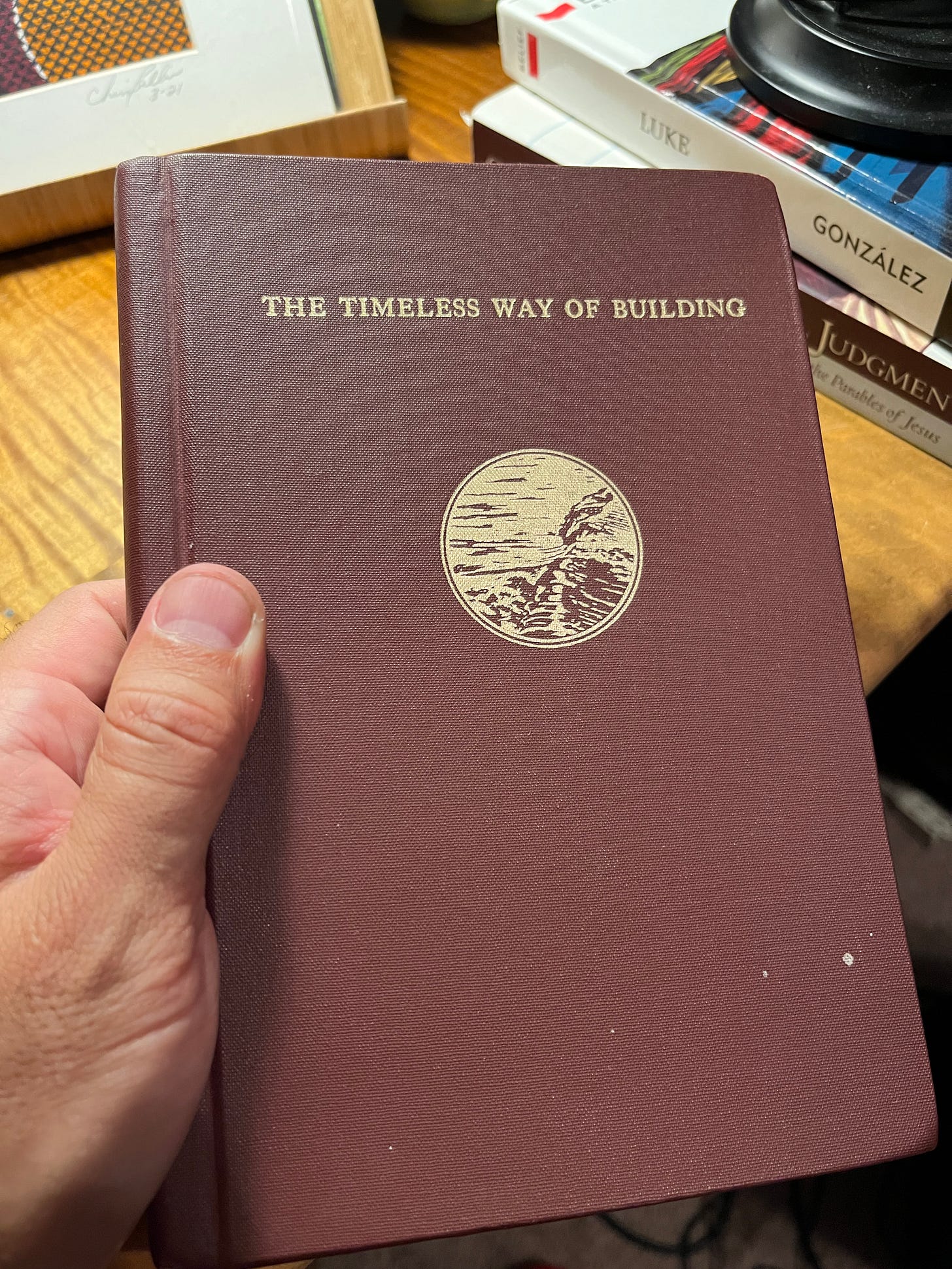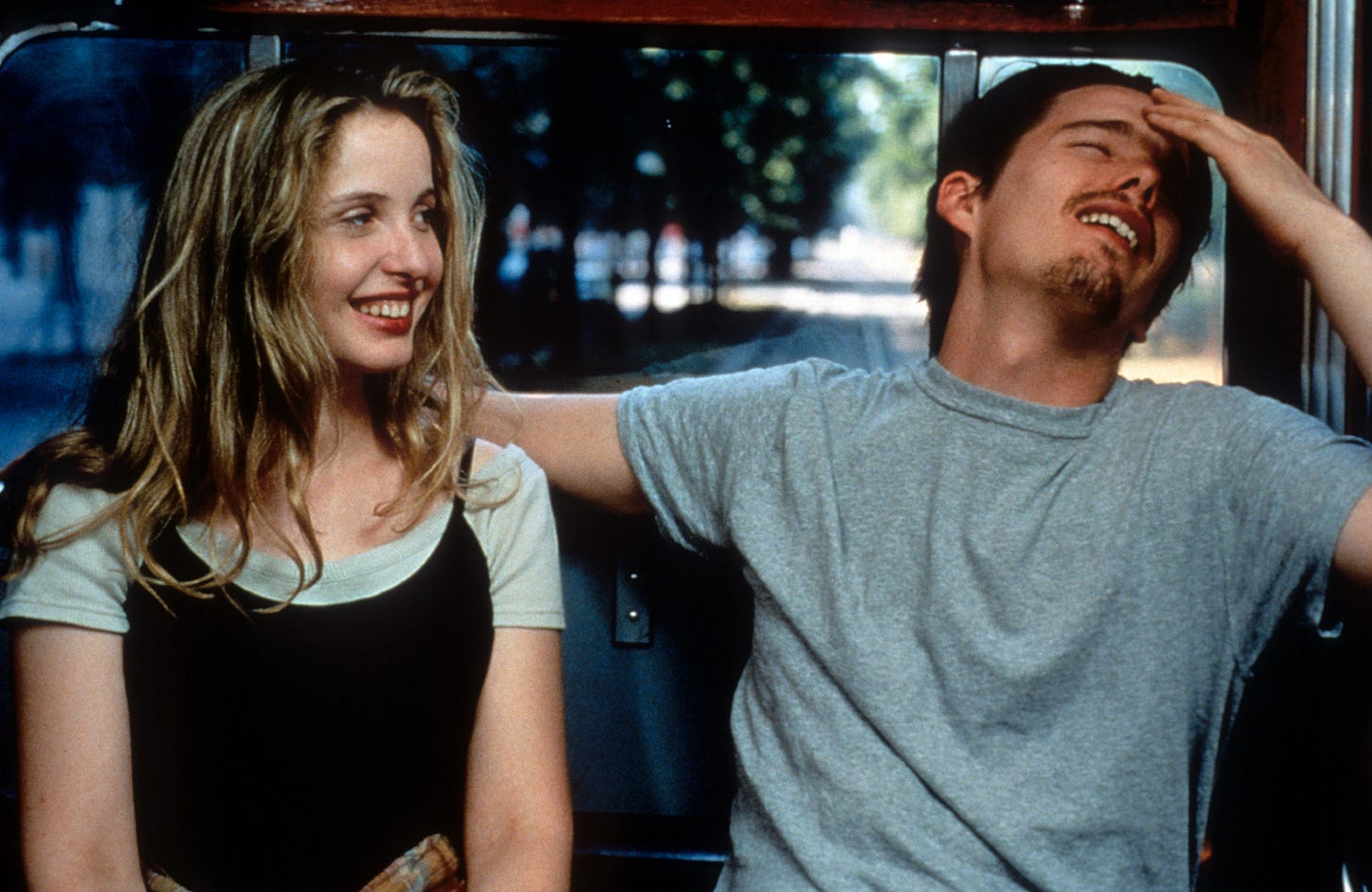A few weekends ago, while sharing drinks with a few friends at a rooftop bar in South Philly (Bok Bar!), I watched a lightning storm taking place over the skyline. It of course made for incredible pictures, but also sparked memories of watching lightning storms over the hills of Kampala, Uganda.
Set on a cluster of hills just north of Lake Victoria, Kampala tends to generate a lot of lightning storms. Growing up in a house on top of Makindye hill, I enjoyed viewing these storms from the veranda on the side of our house that overlooked the city. I don’t know why lightning storms occur the way they do. We use the expression “lightning striking twice” as a reflection of how rare an event is to repeat, and yet lightning storms happened all the time in the skies above Kampala. I have no idea what was happening in Philly that was in common with what happened so frequently in Kampala, but for at least that night, it felt like my memories and present experience were overlapping.
I’m no physics expert, and I’m not pretending to even have Googled why lightning storms occur (I didn’t), but I’m puzzled by this question of why some places have common, routine tendencies that other places only rarely experience. In Kampala, lightning storms happened all the time. In Philly, they’re a rarity.
Verandas and stoops

Having a veranda with a vista is a real privilege. In my Philly row home, I’m not regularly afforded the space or time to simply watch my surroundings the way the Kampala veranda so often did. I remember getting home from high school in the late afternoons and doing my homework on the veranda while watching birds rest in the branches of the massive trees that grew on our property. I suppose I tended towards sitting on that veranda in the same way that the birds tended towards sitting on the tree’s branches.
Here in Philly, the nearest equivalent to that veranda is my front stoop. Stoop-sitting is super common in Philly: it’s a great way to engage the neighborhood from a distance, a way to be involved without actually actively doing anything. Just like being on a veranda, stoop-sitting is about letting the world come to you. But because of the way the sun beats down on my stoop with no shade and how uncomfortable the concrete steps are and how easy it would be for my dog Momo to run away and how smelly the garbage cans by the road are and how fast the cars whiz down Tulip St, I don’t tend to sit on my stoop very frequently. Lightning storms are natural phenomena, but stoop- and veranda-sitting are personal phenomena. In Kampala, veranda sitting happened all the time. In Philly, stoop-sitting is a rarity (for me at least).
“I cannot separate ‘watching the world go by’ from the porch where it occurs”
In his book The Timeless Way of Building, Christopher Alexander writes
Those of us who are concerned with buildings tend to forget too easily that all the life and soul of a place, all of our experiences there, depend not simply on the physical environment, but on the patterns of events which we experience there.
A building or town is given its character, essentially, by those events which keep on happening there most often.
Consider, for example, the pattern of events which we might call “watching the world go by.” We sit, perhaps slightly raised, on the front porch, or on some steps in a park, or on a café terrace, with a more or less protected, sheltered, partly private place behind us, looking out into a more public place, slightly raised above it, watching the world go by.
I cannot separate [“watching the world go by”] from the porch where it occurs. The action and the space are indivisible. The action is supported by this kind of space. The space supports this kind of action. The two form a unit, a pattern of events in space.1
I think Alexander is really onto something here. “Watching the world go by” from my veranda was uniquely possible in Kampala because of the way my porch was designed. Because it was sheltered, large enough for porch furniture, and atop a hill, the vista was exquisite, and resting there for hours at a time was more than comfortable. This is not to say that the veranda caused me to sit and watch lightning storms, but I certainly wouldn’t have been able to see those storms without the veranda designed in that particular way.
The inverse is true of my front stoop here in Philly: were it designed differently, maybe I would be more involved in the life of my street. I’m not going to go so far as to say that a sheltered, large, comfortable porch would guarantee that I knew my neighbors more intimately, but I do think it prevents stoop-sitting from developing into a tendency for me. And tendencies and habits are, ultimately, what it takes to build intimacy and friendship.
Even stranger: maybe there actually are frequent lightning storms here in Philly, but I don’t have a veranda to see them.2
My closest friends are close because they’re… closer?
But my home on that hill in Makindye and my row home here in Philly do share one tendency in common: having friends as neighbors. In both Kampala and Philadelphia, I’ve been lucky to live within 300 ft (100m for you Ugandans reading this) of some of my closest friends. Being that close to friends has developed very similar tendencies in what my weekly habits look like: frequent bonfires, shared meals, joint dog walks, board game nights, movie screenings, emergency cups of flour to save a halfway-completed recipe, etc. Our proximity of course doesn’t cause our friendships to deepen (I’m not close with most of the rest of my neighbors!), but the fact that we’ve been such close friends can’t really be separated from the way that our homes are arranged in relation to each other. To some degree, our friendships are built-in to how proximate our homes are to each other. They contribute these active relationships to the character of our neighborhood using some unseen, magical, passive energy of how close our homes are arranged.
I wish I had a name for that magical force that the design of spaces can exert on our human tendencies.3 I’m not romanticizing it either: that force can be just as powerful in blocking good things from growing as it can be in encouraging flourishing. But it is definitely a tangible force, and I’m obsessed with it.
As a realtor, I aim to help my clients see and attend to this force in the homes that they consider for rent or purchase. So much of our lives are collections of habits and tendencies that are uniquely made possible by the spaces that we occupy. It can be easy to focus solely on homes as financial values to be invested in, but there are so many more levels of value that course through the bricks and wood and glass in which we dwell.
Where have you seen this magical force at work in your habits and tendencies? Where can you notice the passive, subtle force that your home pushes you towards some habits and away from others?
Wes’s Weekly 3
It’s absolutely sweltering in Philly right now, and I’ve been realizing that I need to buy clothing to match the season in the same way that I buy long underwear for the winter. So in that spirit, I’ve recently purchased a few linen garments, and BOY OH BOY am I a linen fan. Whatever brand or item, it all works like magic. I guess the same force that allows these garments to be passively cooling has something in common with the force that strengthens my friendships with my neighbors…? Is that a stretch?
2. I host weekly movie nights at my house. In cold weather, it’s “Sunday scaries” — horror movies only. But in warm weather, we watch romances and comedies and whatever the hell we want. We’ve been going through the “Before” trilogy. Before Sunrise, Before Sunset, and Before Midnight. Lovely films! How have none of you recommended these to me before? How dare you?! Well, allow me to change this trend and commend to you this set of three romantic existential dramas that leave me feeling inspired and light.4 They're like Gen-X versions of The Graduate.
3. I’m reading Robert Moor’s On Trails. It’s a startlingly brilliant book, laced with insight in every sentence. It’s in no rush to reach a particular destination, but would you ever describe a trail to be in a rush? Moor is orbiting a similar set of ideas that I tried to reflect in the above essay, but he goes vastly farther down the trail than I can manage. If you’ve read it, drop a comment below?
Thanks for reading How to Get Home! Subscribe to get weekly critical experiments in real estate and design.
Christopher Alexander, The Timeless Way of Building, Oxford University Press, 1979. These quotes and ideas come from Chapter 4, pages 55-74. Highly recommended reading! h/t to Jeremy Avellino and Mark Tindall for turning me on to Alexander.
OK probably not, but the idea still counts. If it happened that one night that I happened to be on Bok Bar, why can’t it happen all the time?
If you have a name for this force, PLEASE comment and share your thoughts!
Hana and I are also planning a Europe trip, and this has me feeling absolutely GIDDY about everywhere we’ll be visiting.














